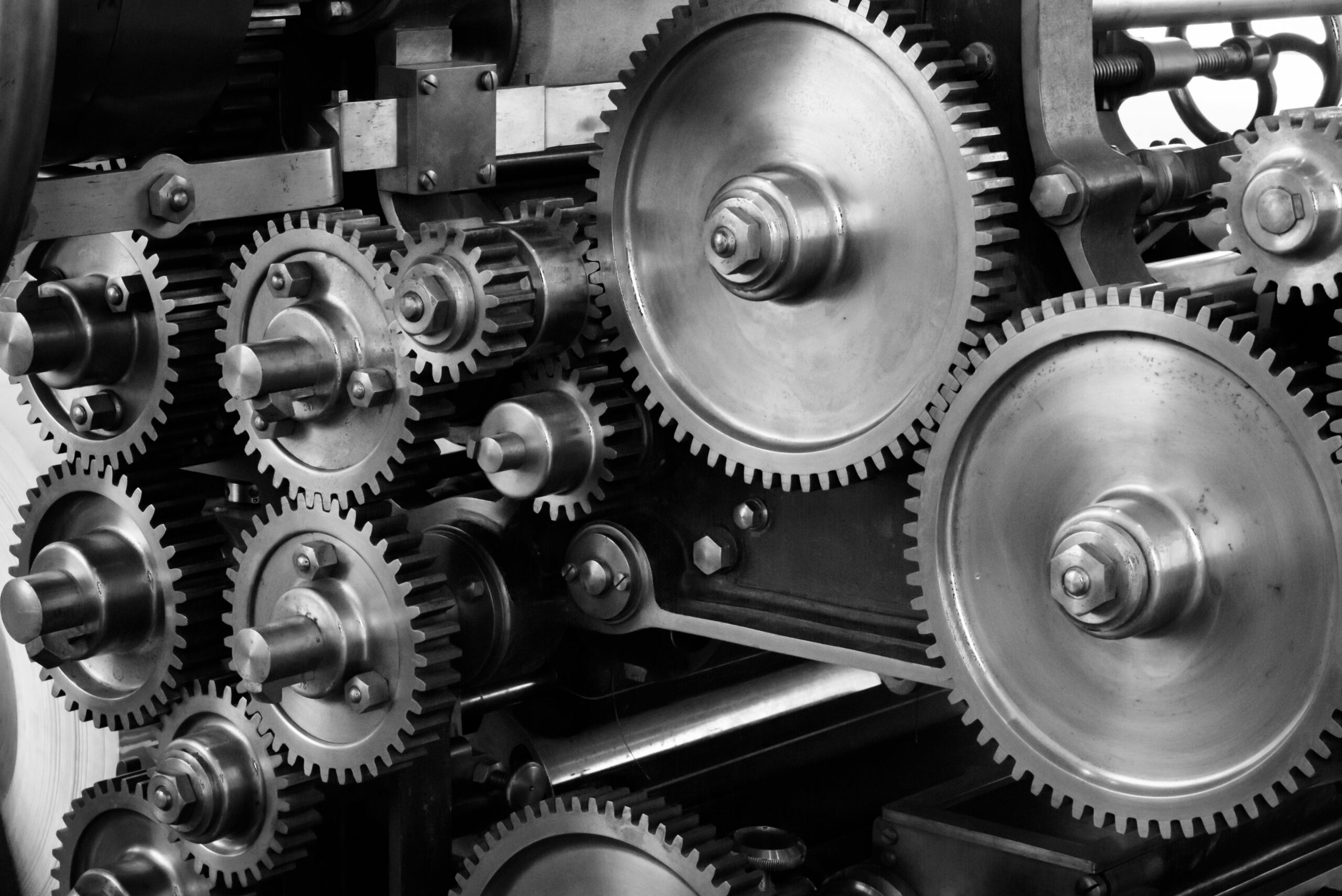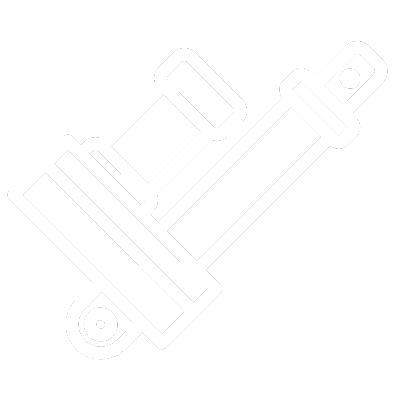
Linear Actuators
Linear actuators convert rotary motion into linear movement, providing controlled motion for industrial automation and engineering applications. They are essential for positioning systems, robotics, material handling, and many automated processes requiring precise linear displacement.

Comprehensive Guide to Electro-Mechanical Linear Actuators
Introduction to Linear Actuators
- Function: Converts rotary motion into precise linear movement
- Applications: Used in automation, robotics, material handling, and manufacturing systems
- Advantages: High accuracy, repeatability, and controlled positioning
Types of Electro-Mechanical Actuators
- Lead Screw Actuators: Compact, cost-effective, moderate efficiency
- Ball Screw Actuators: High efficiency, low friction, precise motion control
- Belt-Driven Actuators: High-speed, long travel distance, low maintenance
- Linear Motor Actuators: Frictionless movement, ultra-fast positioning
Actuator Drive Trains
- Lead Screw Mechanisms: Simple design, good load-handling, requires lubrication
- Ball Screw Systems: Low friction, high efficiency, ideal for precision applications
- Rack and Pinion: Direct motion translation, suitable for high-force applications
- Belt-Driven Systems: High speed, low inertia, minimal wear and maintenance
- Direct-Drive Motors: No mechanical transmission, excellent response speed
Actuator Bearings
- Ball Bearings: Smooth operation, low friction, suitable for precision applications
- Roller Bearings: Enhanced load distribution, higher durability for heavy-duty motion control
- Linear Bushings: Compact, cost-effective, used in lighter load applications
- Crossed Roller Bearings: High rigidity, superior accuracy in demanding motion setups
Duty Cycle Considerations
- Continuous Operation: Requires heat management, stable long-term performance
- Intermittent Duty: Allows rest cycles, important for preventing overheating
- Efficiency Factors: Material selection, lubrication, thermal dissipation
- Load Effects: Higher loads may reduce actuator lifespan if duty cycle is miscalculated
Extrusion Bases and Structural Design
- T-Slot Extrusion: Modular framing, flexible mounting options
- Aluminum Bases: Lightweight, corrosion-resistant, ideal for adjustable setups
- Steel Frames: Heavy-duty applications, increased strength and stability
- Integration Factors: Proper alignment enhances motion control precision
Styles and Mounting Options
- Rod-Style Actuators: Simple linear motion, compact design
- Guided Actuators: Added stability, reduced deflection under load
- Compact Designs: Space-efficient, ideal for restricted installation areas
- High-Force Actuators: Designed for demanding industrial applications
Selecting the Right Actuator
- Speed Requirements: High-speed applications benefit from belt-driven or linear motor actuators
- Load Capacity: Ball screws provide higher precision, lead screws offer cost-effective load handling
- Environmental Factors: Consider dust protection, moisture resistance, and sealing options
- Cost vs. Performance: Balancing efficiency, longevity, and budget constraints
